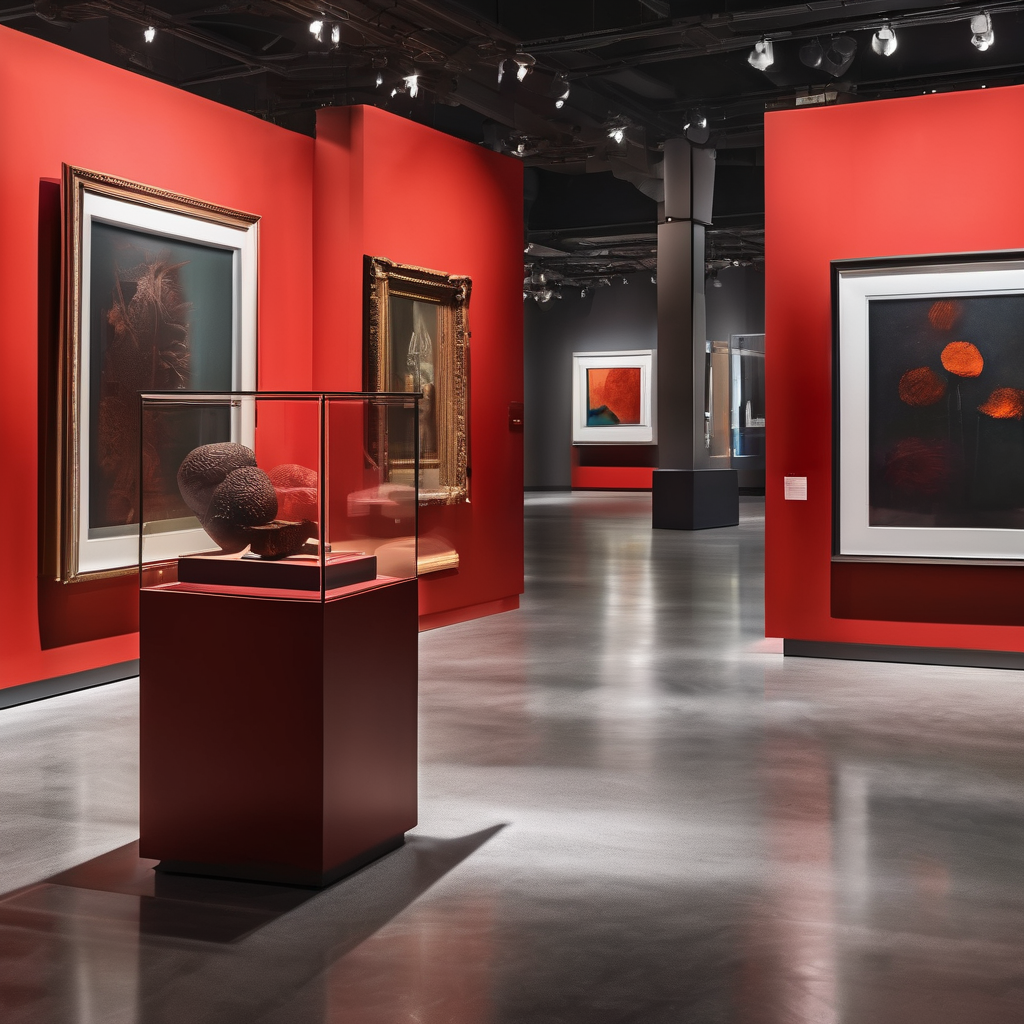Thieves executed a bold burglary at the Louvre Museum in Paris early in the morning on June 16, 2025, utilizing a basket lift to gain access to the Galerie d’Apollon, where they made off with jewels of “inestimable value.” The heist took place shortly after the museum opened, lasting no longer than seven minutes. Interior Minister Laurent Nunez reported that the intruders pried open a window, smashed display cases, and swiftly escaped on two-wheelers.
In light of the incident, the museum was closed for the day due to “exceptional reasons,” with no injuries reported among staff or visitors. Forensic teams are actively investigating the scene, working to compile a comprehensive inventory of the stolen artifacts, many of which are part of the French Crown Jewels and carry immense historical and cultural significance.
The police cordoned off the museum area and evacuated visitors, while new guests were turned away. Witnesses noted the thieves appeared to have conducted thorough reconnaissance before executing their plan, highlighting a concerning level of sophistication in their approach. Nunez emphasized the seriousness of the event, pointing out that the culprits used advanced tools, including a disc cutter to facilitate their escape.
Among the stolen treasures were nine pieces linked to Napoleon and Empress Eugenie; however, one piece has since been located outside the museum, albeit damaged. The Louvre is home to over 33,000 artworks and sees approximately 30,000 visitors daily, making it a prominent target for such criminal activity. This incident reflects a troubling history of thefts at the museum, reminiscent of the notorious 1911 disappearance of the Mona Lisa.
The recent robbery has sparked significant discourse regarding museum security and the safeguarding of invaluable cultural heritage. There is a hopeful narrative emerging around the necessity for enhanced protective measures to prevent such incidents in the future. As investigations proceed, the hope is that quick action will facilitate the recovery of the stolen items and foster a renewed commitment to protecting irreplaceable treasures. The resilience of institutions like the Louvre serves as a reminder of the vital importance of preserving our cultural history in the face of adversity.
